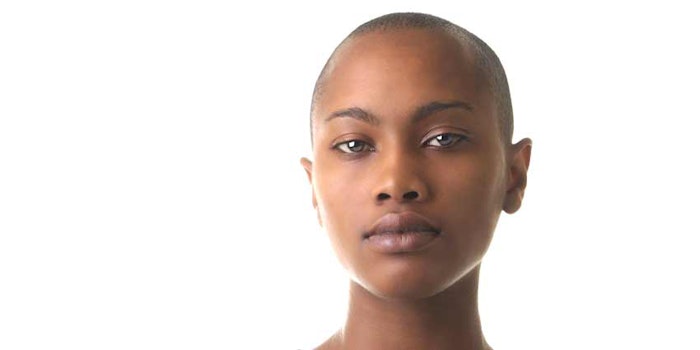
Research from Queen's University suggests that human beauty is perceived by the sum of its parts, rather than isolated features. In other words, we find each other attractive if the parts fit well together, which may be interrupted with medically-enhanced features.
The research was conducted by Nikolaus Troje, who showed participants schematic point-light displays that depict a person using 15 moving dots. The representation conveyed both the individual characteristics of a person's movements and their individual body shape.
Troje's team isolated these two areas and separately measured the attractiveness of individual movement styles as well as individual body shapes based on ratings obtained from his research participants. The researchers then combined the movement style of one person with the body shapes of another person and collected attractiveness ratings from these "hybrid walkers."
Based on this data, the researchers asked the question: Is the attractiveness of the isolated movement and the attractiveness of the isolated body shape sufficient to predict the attractiveness of the hybrid walker? It is not; the hybrid walkers are deemed less attractive than predicted by the movement and the shape used to make them.
"We found that attractiveness depends on internal consistency-whether the movement and the shape match each other or not," says Dr. Troje. "Our visual system is a sensitive lie detector that perceives even the slightest inconsistencies and responds negatively to them."
The results call for re-examination of earlier research that looked at attractiveness in a piecemeal way. "They can also be used to formulate advice to people who are working on improving their own appearance," says Troje. "What works for one person may not work for another one. If in doubt, just be yourself."










